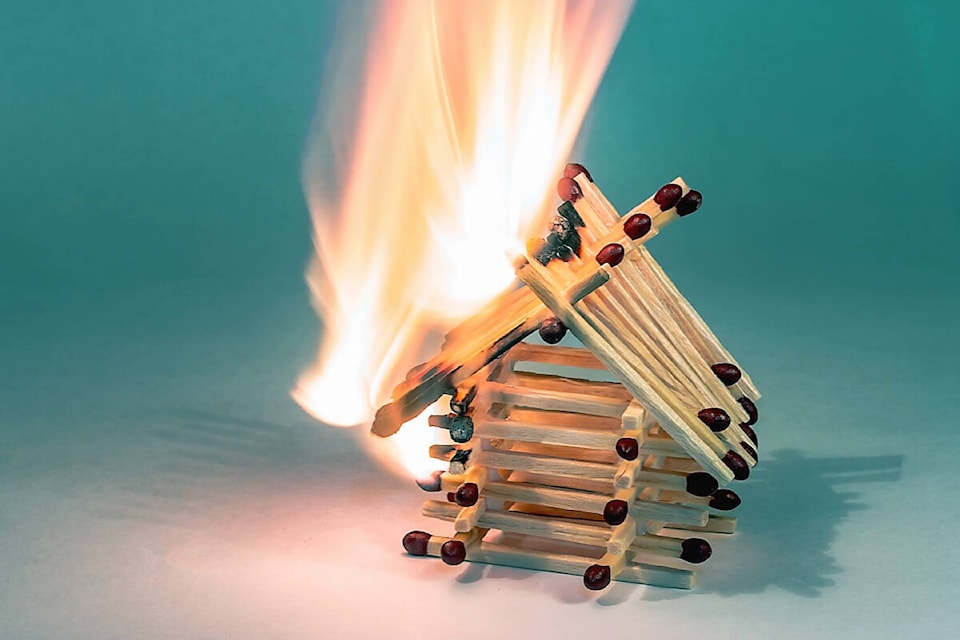A light snowfall outside, and temperatures well below the freezing point, make people want to keep to their homes, especially this time of year. Winter is nearly upon us and Christmas is almost here, and with that comes more potential exposure to fire hazards in the form of festive holiday lighting, fireplaces, electrical heating units, and cooking for family gatherings.
November 24 to 30 was National Home Fire Safety Week, and the Canada Safety Council took the opportunity to remind people to be proactive and freeze out winter fires.
“We need to remember that a home fire can take hold at any moment,” said Gareth Jones, President and CEO of the Canada Safety Council. “It is vital to have a fire prevention plan in place before it is needed, because an instant is all it takes for a plan to go from afterthought to the most important thing in the moment. Proactive planning will help keep you and your family safe and better equipped to deal with an emergency.”
This heightened exposure to fire hazards during colder months unsurprisingly leads to more fatalities. According to Statistics Canada, between 2011 and 2020 the four highest average incidents of accidental fire-related fatalities by month occurred in January (210), March (195), February (180), and December (165).
Additionally, residential properties accounted for 92 per cent of all unintentional fire-related fatalities in that same time period. You can avoid becoming a victim in your own home by ensuring that your residence is equipped with working tools (including smoke alarms and a fire extinguisher), and having an established and practised escape plan in place that everyone in the household is familiar with.
There are also steps you can take to reduce the risk of a fire:
Avoid overloading electrical circuits. Keep in mind that, in many houses, a single circuit can be used for a whole room. Symptoms of an overloaded circuit can include flickering or dimming lights, blown fuses, a tripping circuit breaker, and a burning smell.
Use only CSA approved lights and appliances. This certification ensures proper wiring and a product designed to withstand the electrical charge it receives.
Keep an eye on products designed to emit heat. These can include hair dryers and straighteners, for example. Even if properly certified, these products can overheat if combined with a faulty breaker and a circuit that is already highly taxed.
Make sure heaters are turned off when not in use. Everyone likes toasty toes, but portable heaters should only be plugged in and turned on when they’re needed. Do not keep them running constantly to heat a whole room.
Don’t use electrical devices with frayed or damaged wires. The insulation on these wires exists to deter arcing and heat output, two major components in home fires. If the Christmas lights you hang outside or put on the tree are damaged, dispose of them responsibly and invest in new ones.
Stay close to the kitchen when cooking. Unattended pots and pans left bubbling on the stove, or holiday baking left in the oven, can be a fire hazard if you step away from them for long. A watched pot might not boil, but it also won’t cause a fire.
editorial@accjournal.ca
Like us on Facebook and follow us on Twitter
